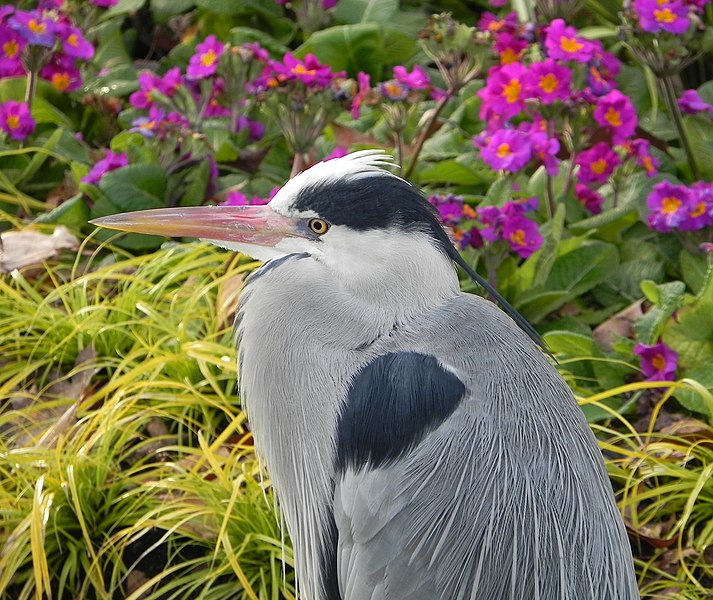Characterised by a graceful silhouette and patient demeanor, the grey heron ( ardea cinerea ) is deeply ingrained into the British environment and our ancient culture. This majestic bird, often spotted near bodies of water, holds a pivotal role in maintaining the delicate balance of nature. As we explore the significance of the heron, we uncover not only its ecological importance but also its deep-rooted presence in British heritage.
Frequently found in wetlands, rivers, and estuaries, these wading birds act as nature’s sentinels, signaling the health of the environment. Opportunistic hunters, herons prey on fish, amphibians, and insects, contributing significantly to the regulation of aquatic populations. Their role as apex predators helps control smaller species’ numbers, preventing ecological imbalances.
Beyond predation, herons play a crucial part in nutrient cycling. Their excrement, rich in nitrogen and phosphorus, acts as a natural fertiliser fostering vegetation growth and supporting a diverse array of life.
Historically, the heron holds significance within British folklore, art, and literature. In the medieval era, it came to symbolise nobility and patience, featuring prominently on coats of arms to represent qualities highly esteemed in chivalric ideals. Its stoic stance and calculated movements became emblematic of virtues such as resilience and contemplation.
In literature, the heron found a place in the works of renowned authors, such as William Wordsworth, a celebrated poet of the Romantic era. Wordsworth often referred to herons in his nature-inspired verses, portraying them as solitary wanderers along riverbanks. These references underscored the bird’s role as a muse for poets and an allegory of the ever-changing, yet enduring, natural world.
Culturally, the heron’s symbolism extends beyond literature and history, seeping into various other aspects of British culture. In Celtic mythology, the heron is associated with transitions and transcendence, embodying the spirit of transformation and adaptability. This is reflected in Celtic art where herons are depicted as creatures bridging the realms of earth, water, and sky.
In modern times, the heron has become an icon in the visual arts, featuring in paintings, sculptures, and even as mascots for local sports teams. Its grace and distinctive appearance have made it a favourite subject for wildlife photographers and artists, capturing the imagination of the public and fostering a deeper appreciation for the natural world.
With its enduring presence in British ecosystems, history, and culture, the heron stands as a testament to the interconnectedness of nature and human experience. From the marshlands to the pages of literature, the heron weaves a story of resilience, patience, and adaptability. As we strive to conserve and protect our natural heritage, recognising the importance of these majestic birds becomes paramount. The heron’s graceful flight across the canvas of British landscapes serves as a reminder that our actions today shape the narratives of tomorrow, ensuring a harmonious coexistence with the wild creatures that have inspired us for centuries.

Greyu Heron, (Ardea cinerea ). March, 2015. © Andreas Trepte.

A Grey Heron in Regents Park, neck retracted. Dec, 2020 . © Jalex lb.

An adult feeding juveniles. June, 2017. © Bengt Nyman.
